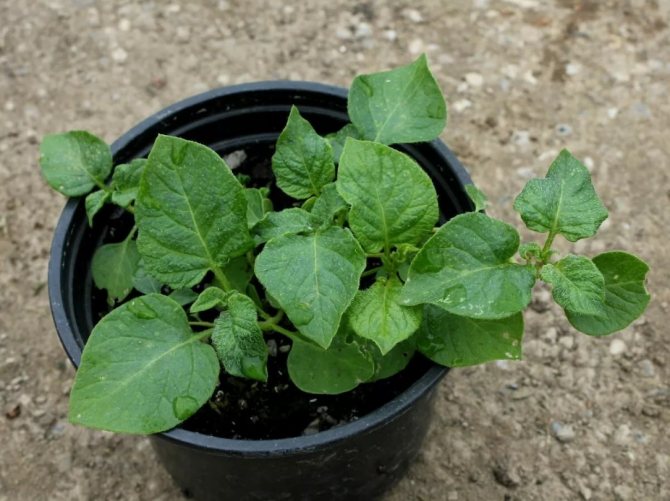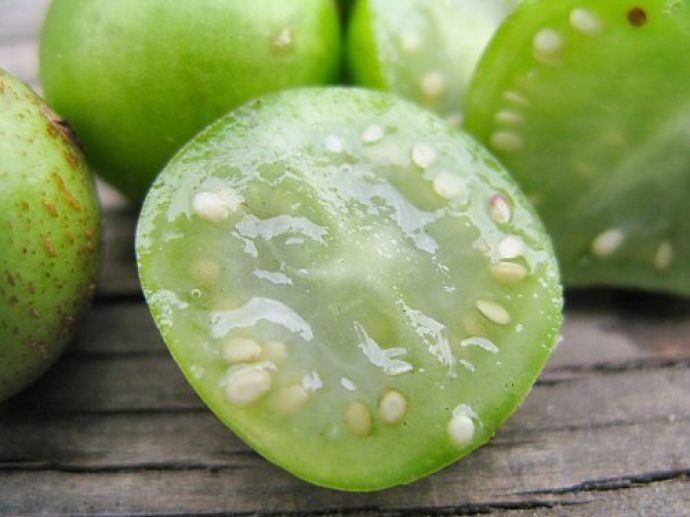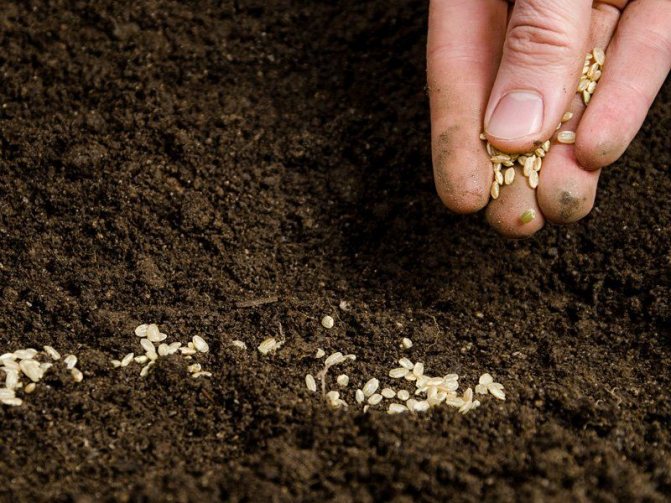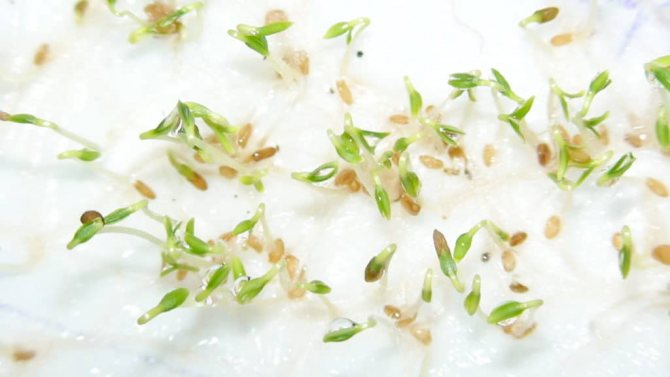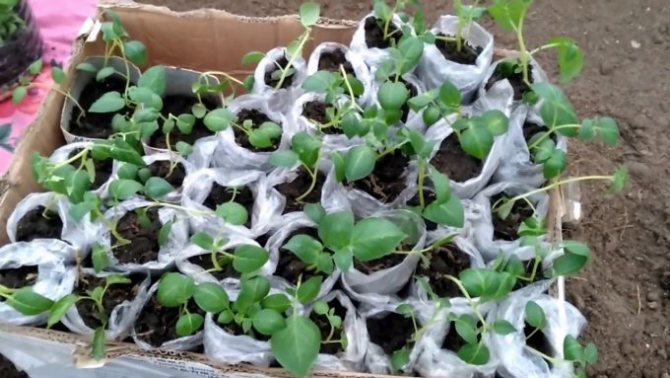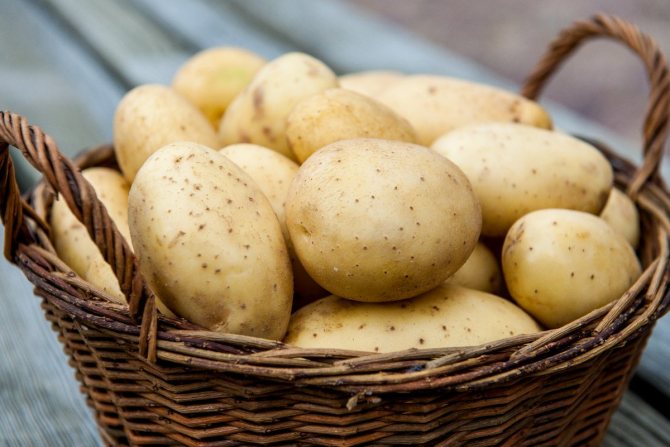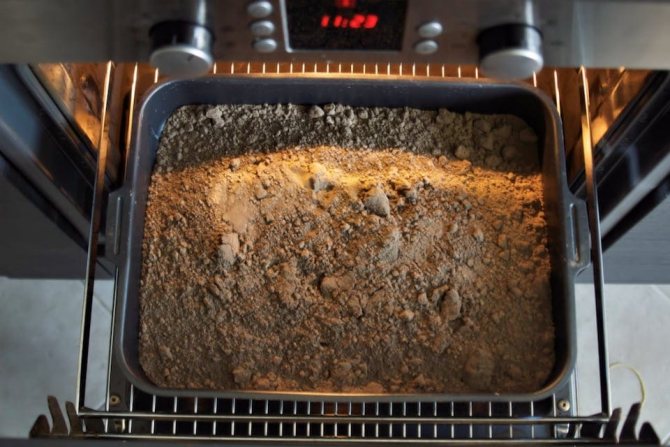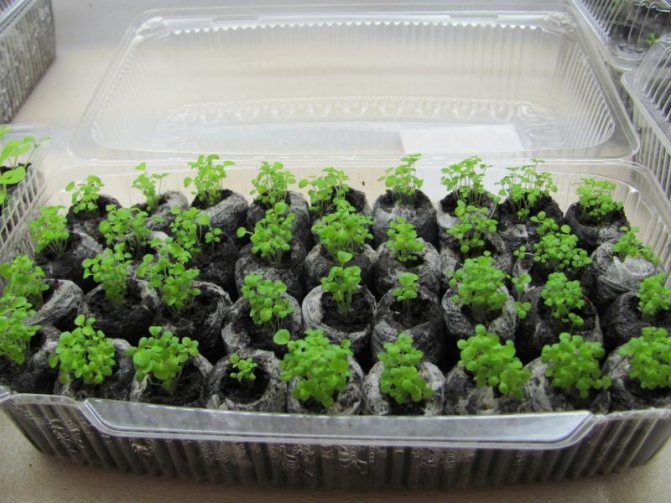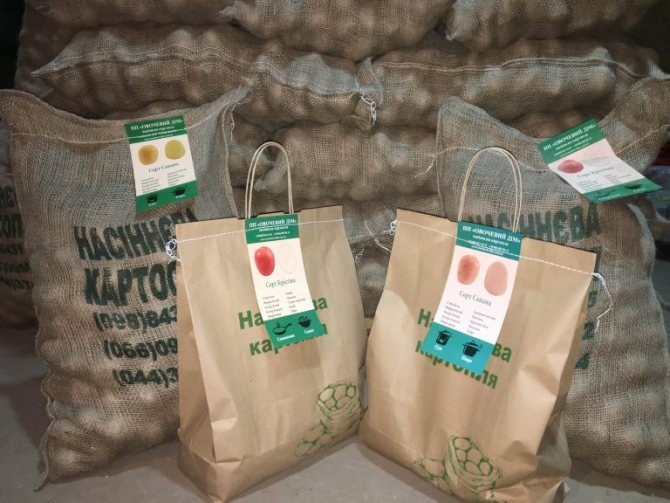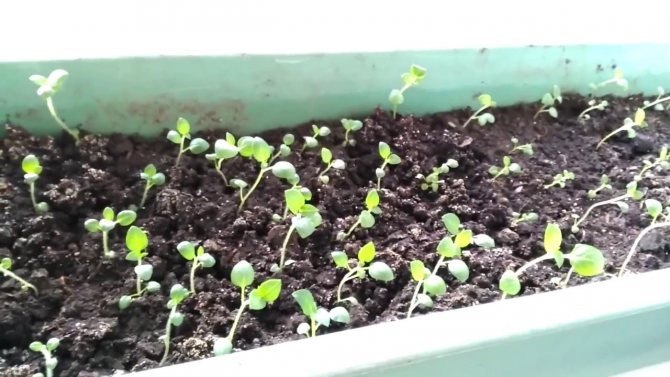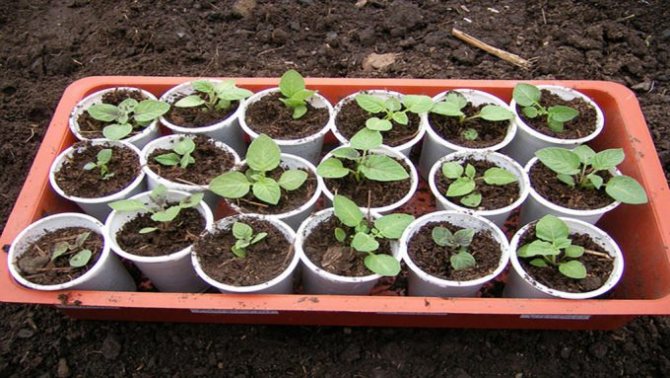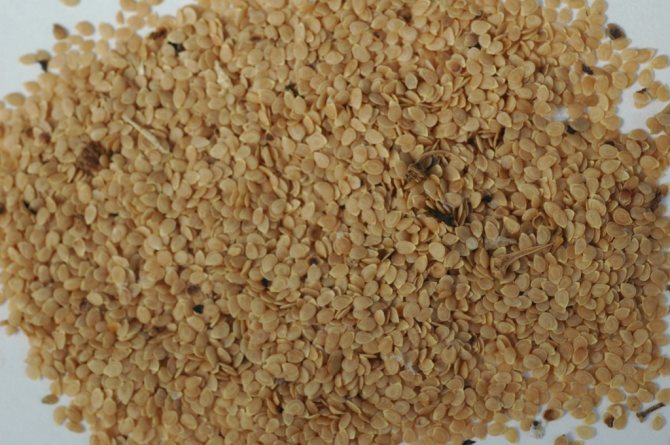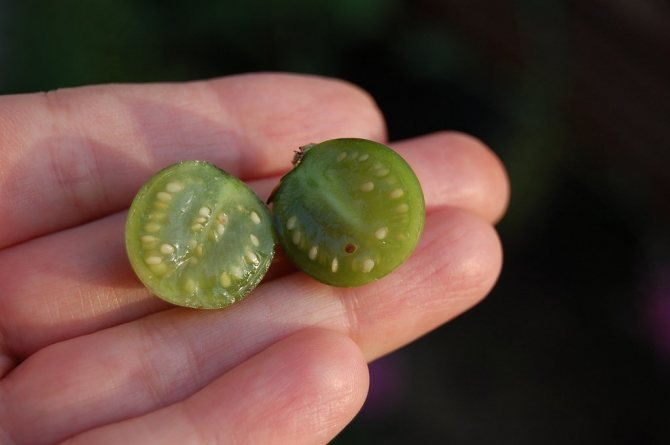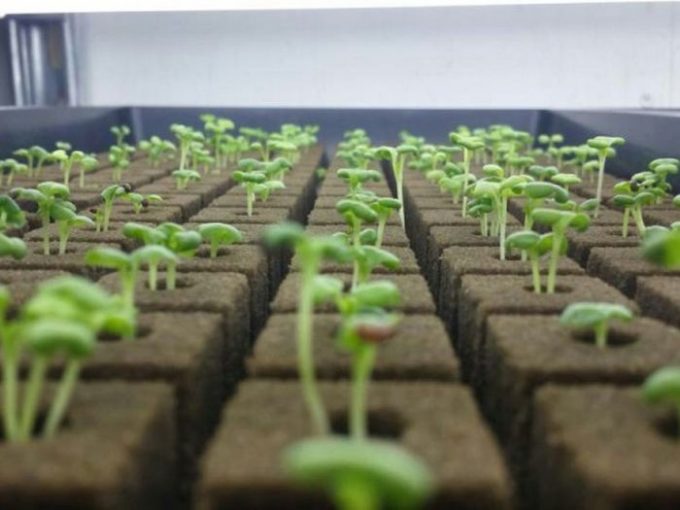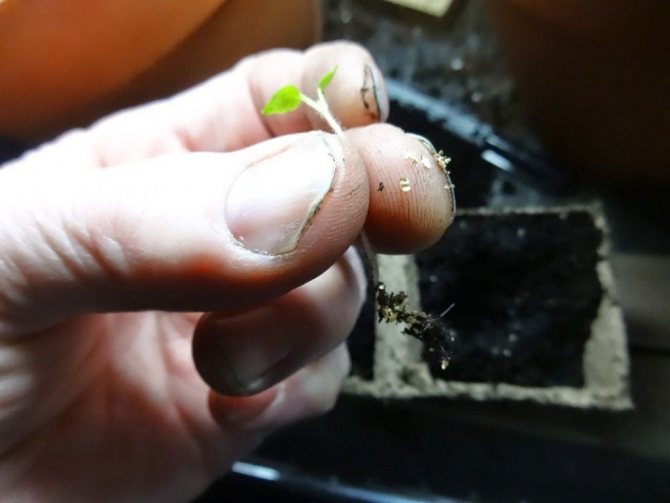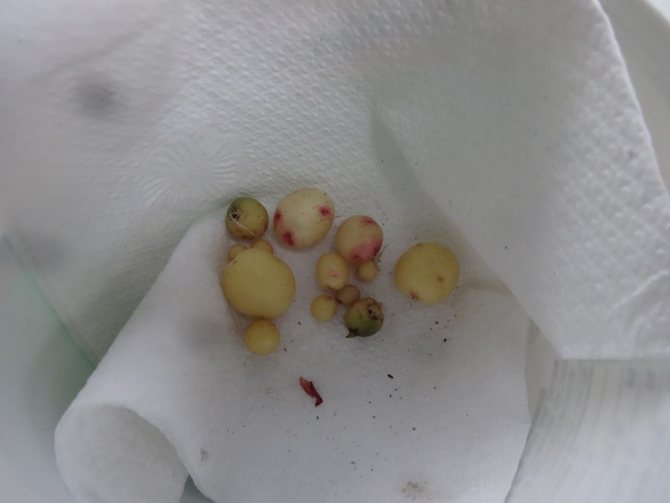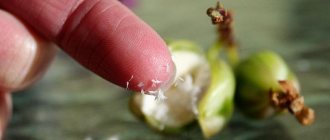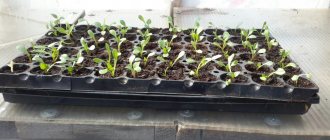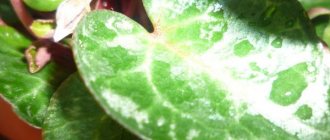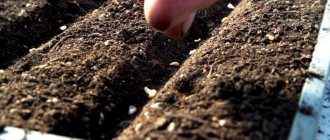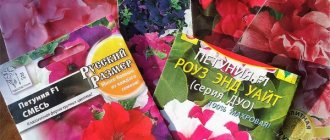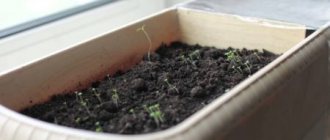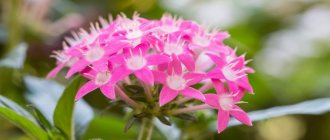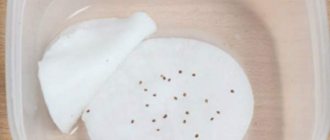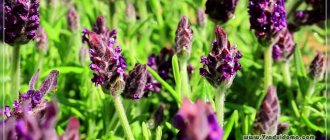Category: Garden plants
All over the world, it is customary to grow potatoes from tubers, but planting reproductive tubers from year to year leads to the gradual accumulation of genetic changes in the potato, which, to put it mildly, are not useful to the human body. In addition, every year the harvest becomes more modest, and the size of the tubers is less and less. In order to restore the yield and quality of planting potatoes, it is necessary to renew the varieties once every 6-7 years, that is, to grow tubers from good seeds. This is a laborious business, but if you take it responsibly, then in the future the cultivation of potatoes will bring you not only a high-quality food product, but also pleasure.
When to plant potato seeds on seedlings and in the ground
According to the lunar calendar in 2020, favorable days for sowing potato seeds:
- January 16-19, 22, 23;
- February 12-15, 19, 20;
- March 9, 10, 11, 13, 17, 18, 22;
- April 8, 9, 10, 13, 14, 18, 19;
- 10-12, 15-17, 20 May;
- June 7, 8, 11-13, 16-18.
Potatoes are planted on seedlings from mid-March to mid-April, and in May they are sowing seeds directly in the open ground. To plant seedlings in a greenhouse, you can sow potatoes earlier, but young plants will have to be illuminated.
Attention! When growing potatoes from seeds by the fall, you will get small nodules, from which the harvest will turn out only the next year.
The specifics of growing potatoes from seeds: advantages and disadvantages
In short, the main pros growing potatoes from seeds can be defined as follows:
- high yield and quality of future tubers;
- significant savings in money;
- ease of storage;
- high resistance of tubers-sets to diseases and pests.
With long-term cultivation of potatoes from the same tubers, their quality and quantity will gradually begin to decrease due to the degeneration of the variety. Therefore, if you want to grow elite potatoes, you must first go through the stage of growing them from seeds.
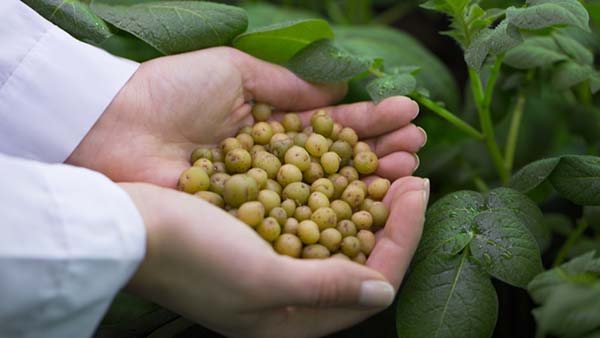
What are the main advantages of growing potatoes from seeds is that future tubers will be exactly healthy and strong, with strong immunity and good adaptability to difficult weather conditions for growing in different climatic zones.
What are the savings? Less cost: collecting seeds does not cost money, it will also be cheaper to buy them than to buy tubers.
Storing seeds is not as difficult as storing tubers, since no cellar is needed.
Another positive feature is the fact that potato seeds cannot actually be infected with any disease, that is, small potatoes grown through seedlings for future planting will definitely not be infected with any viral or fungal diseases, having immunity from late blight.
As for the disadvantages of this growing method, in short they are as follows:
- 2-year growing period (1 year - "tubers-sets", 2 years - large and tasty tubers);
Note! It is impossible to grow a full-fledged potato from seeds in one season.
- a high degree of tenderness of seedlings and their initial development;
- low immunity.
Growing potato seedlings is a really laborious and energy-consuming action, for which not everyone has enough nerves.Seedlings require a constant increase in their immunity through regular treatment with special preparations of biological origin. Seedlings need a very reverent and careful attitude. The method of watering and picking deserves special attention.
If you do everything correctly, observing the basics of cultivation agrotechnics, then you will definitely succeed.
Processing and sowing potato seeds
Seed preparation
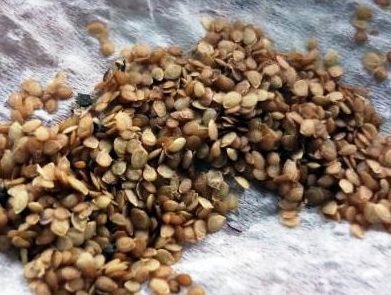

Planting potatoes with seeds for seedlings begins with processing the seed:
- Hardening. For three days, the planting material is kept at room temperature during the day, and in the vegetable section of the refrigerator at night.
- Soak. The seeds should be kept moist for 5 to 7 days. To do this, they are laid out on damp cotton pads or cotton cloth folded in several layers, sprinkled abundantly with cool water and covered with a layer of wet discs or another piece of cloth (you can use gauze). Do not fill the seeds with water, as they can "suffocate".
You will be interested to know: Potatoes: planting and care, planting dates according to the Lunar calendar, diseases and pests, the best varieties
On about the fifth or sixth day, the seeds should have sprouts.
Preparation of soil and containers
Soil for planting potato seeds can be purchased at the store by choosing a soil mixture that includes humus, peat, garden soil and sand. If you have all these components, then you can prepare the soil yourself, given that there should be one part of sand and humus, peat - 3 parts, and land from the garden - 2 parts.
It is not necessary to process the soil from the store, and the soil mixed by yourself should be disinfected with Fitosporin.
Seedling containers should have drainage holes and be about 10 cm high. If they are not new and have already been used, do not forget to rinse the container with a pink solution of potassium permanganate before use.
How to sow seeds correctly step by step with video
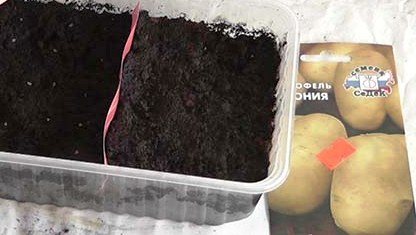

You need to fill the seedling containers with damp soil, so spill the soil in a basin or bucket the day before planting.
The procedure for sowing potato seeds for seedlings:
- In the soil, we make dove grooves in one - one and a half centimeters.
- We lay out the seeds along the grooves with a distance of 4-5 cm.
- Sprinkle the crops with sand or soil mixture, spray with standing water from a spray bottle and cover with polyethylene. It is very convenient to use cling film.
Before emergence, crops are placed in a warm, bright place. The air temperature should not be lower than +21 degrees. The first seedlings will begin to appear in 1.5-2 weeks. During this time, every day you need to remove the film and remove condensation. If the topsoil begins to dry out, it is sprayed with warm water.
WATCH A VIDEO OF PLANTING POTATO SEEDS FOR SEEDLING AND HOW TO CARE FOR THE VARNISHES
Where to get potato seeds, collection rules
The easiest option is to purchase from a specialized store. You can choose different varieties in it. You can order delivery from other countries - this will allow you to get rare varieties.
Important! Before buying, make sure that such a variety really exists.
A more difficult option is self-collection. To do this, you need to wait for the potato bush to bloom. Small green fruits are formed on it. They are not edible, but you can get seed from them.
Growing seedlings
To prevent inhibition of growth and elongation of potato sprouts, you need to place the seedlings in a room with a temperature of + 18 ... + 22 ° C on a well-lit windowsill. If the south side is inaccessible for some reason, fluorescent lamps will be needed, otherwise the stems will elongate and will not be able to build up full biomass.
The cover from the crops is removed daily for ventilation. And the soil is moistened from a spray bottle as needed.Its consistency should always be loose, which will greatly facilitate the growth of root processes.
Important! For the safe preservation of potato tubers in the cellar for the first 20 days, the room temperature should be at least + 13 ° C, and the air humidity should be kept at 90%. In the future, gradual cooling to + 2 ° C is required.
It is important to take into account that during this period the seedlings are extremely vulnerable to fungal diseases, therefore, for the purpose of prevention, periodic watering of the seedlings with the Epin solution will not interfere. Water stagnation in the ground should not be allowed.
To stimulate the growth of stems every 2 weeks, you will need top dressing with "Kemira", "Agricola", "Baikal" and other mineral complex fertilizers.
When the first pair of leaves is formed on the seedlings, you can start diving. This requirement applies only to plants planted in a common container. For the procedure, you will need plastic cups or peat pots with a drainage hole. The process of dividing the sprouts requires special care so as not to damage their root system and aerial part.
Video: Picking potato seedlings
At the end of April, before transplanting potatoes to a permanent place, it is recommended to fertilize the stems with ammonium nitrate (1 g per 1 liter of water) and harden. In order to minimize the risks of getting used to the more severe environmental conditions, the plants are first taken out on the street or exposed in front of an open window for 15 minutes. In the future, the residence time of seedlings in the fresh air is gradually increased. It is desirable to start hardening at the peak of the temperature rise (closer to 17 o'clock).
Harvesting
Each variety has its own ripening period. The harvest of mini-tubers is harvested, taking into account precisely these indicators. This usually happens in September or October. The gardener should be prepared for the fact that the potatoes will be very small - from 10 to 50 g. Even with very good care, the tuber mass will not exceed 100 g. The harvested crop should be slightly dried in the shade, and then stored in anticipation of subsequent planting.
In order to plant a plot of one hundred square meters next year, you will need 10 - 12 kg of potato seed.
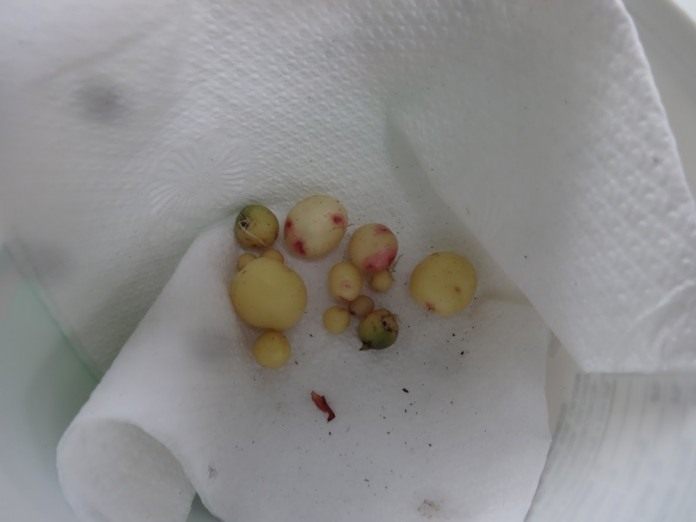

Potato sets can vary greatly in size
Features and possible difficulties of the method
The seedling method of growing potatoes is not popular today. It is practiced only at breeding stations to preserve the genetic characteristics of existing and new varieties. According to experts, it is possible to preserve high fruiting, marketable and taste qualities of root crops at home, if in the spring you abandon the usual planting of tubers and sow ripe grains instead.
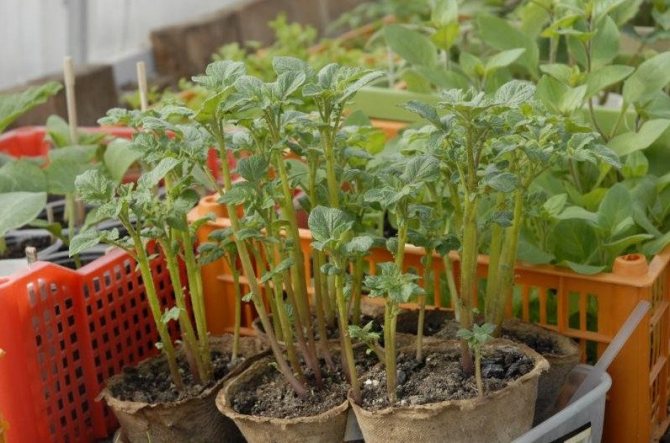

Despite the effectiveness of the seed method, most vegetable growers are afraid of it because of the many hassles and difficulties that will have to be overcome from the moment of sowing the seeds to transplanting seedlings to a permanent place. Is the result worth the work spent, find out from the table below, where the advantages and disadvantages of the method are presented in comparison.
- Advantages:
- Buying seeds is much cheaper than buying tubers.
- Storing grains does not require a cellar and a lot of space.
- Seed-grown plants are characterized by increased immunity. They are not afraid of late blight and can fully develop even with unfavorable external factors.
- The yield of such bushes is 40-50% higher.
- Root crops are characterized by a richer color and flavor.
- Disadvantages:
- Slow development of the root system of potato seedlings. At this stage, it is important to provide the plant with as loose soil as possible. Breeders advise to grow seedlings on sawdust until they reach a height of 3 cm.
- Capriciousness and exactingness of seedlings to growing conditions. Young sprouts need enough warmth, moisture and light for proper development. Otherwise, the stems will be very elongated and brittle.
- At the initial stage of cultivation, potato seedlings are very sensitive to pathogens of fungal and bacterial diseases (in particular, black leg), therefore, regular disinfestation with Planriz and Trichodermin preparations is indispensable.
- The fragility of potato seedlings. Because of this feature, seedlings must be carefully transplanted.
- Duration of cultivation. In the first year, seedlings weighing about 10–45 g will grow, the next year elite tubers for table use will ripen from it.
Potato varieties for seed propagation
- Early: Assol, Farmer, Triumph, Empress, Velina, Milena. The harvest of tubers is formed in 50-65 days.
- Mediums: Ilona, Ballada, Revenge, Krasa, F1 hybrid Lada. Medium potatoes are harvested after 80-95 days.
- Mid-late: Virgo forms a mature crop of tubers in 95-110 days.
The next year, we plant the resulting tubers. Remember! For the 7th year, it is necessary to update the material. To do this, after 5-6 years, we again sow biological seeds and prepare new planting material, free from viruses.
What potato seeds look like
Potato seeds (elite or collected from plants grown in the backyard) are small flattened oval seeds with a light yellow color. The weight of 1000 seeds, depending on the variety and growing conditions, is 0.4-0.5 g.
Potato seeds are formed inside a green, multi-seeded berry, divided inside by a partition into two nests.
Important! The green berries formed on potato bushes contain the poisonous substance solanine, so they are not eaten.

